|
While Fort Pulaski is known for its pivotal Civil War battle, the fort’s nearly 200-year history has many layered and complex stories that are less told. This project focuses on investigating the Workers’ Village, home to the people who built the fort. The Worker’s Village later housed hospital patients, self-emancipated “contrabands,” officer’s families, and more before the village was thoroughly demolished in the 1881 hurricane. To learn more about these stories, archeologists dug 21 one-by-one meter excavation units (holes) and 11 shovel tests (smaller holes) over two field seasons. They uncovered a Laborers’ Quarter, a Mechanics’ Quarter, and the Mechanics’ Kitchen, recovering over 21,000 artifacts that inform about the lives of the people who built Fort Pulaski. Take a tour of the Workers' Village and archeology project with this interactive map. 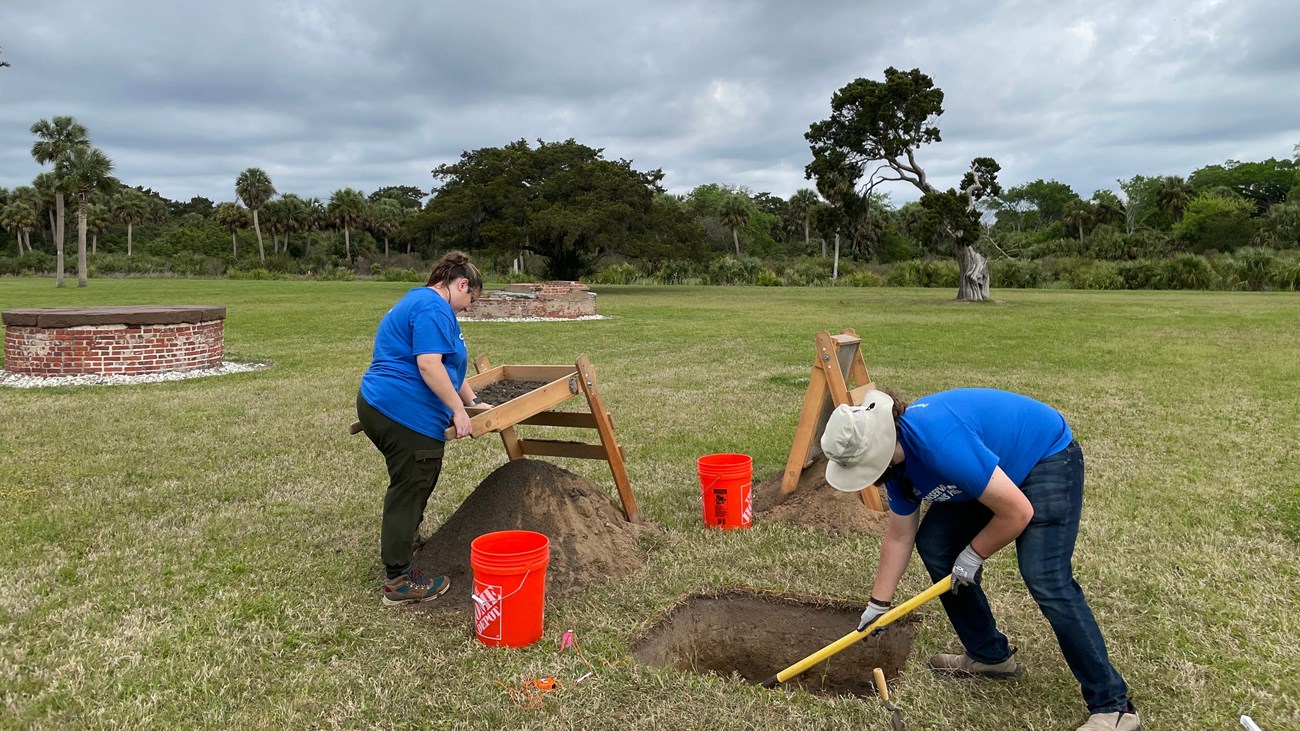
Workers' Village Archeology Project
Learn about the Workers' Village archeology site and the people who built the fort. 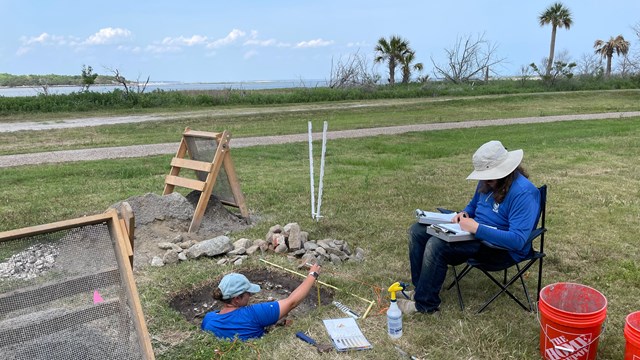
The Benefits of Archeology
Can you dig it? Learn how and why archeology is done. 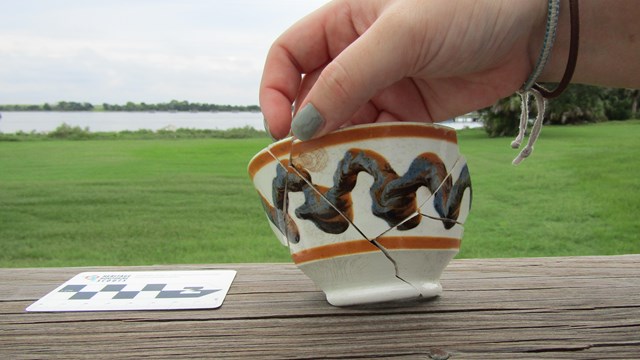
Serving Up History at the Kitchen
Discover more about the food remains and ceramics found in the Workers’ Village kitchens. 
Fashionable Finds: Objects of Decoration
Explore the beads, buttons, and other objects left behind from clothing. 
Climate Change & Hurricanes
See how climate change and hurricanes have affected Cockspur Island past and present. 
Little Luxuries: Workers’ Personal Items
See the personal items that workers brought with them to Cockspur Island. 
Health and Hygiene
Find out what artifacts can tell us about health and sickness at the Workers’ Village. 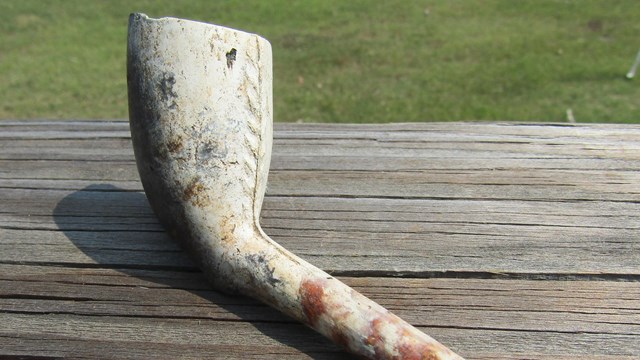
Smoking Pipes
Check out the clay tobacco pipes found and learn about the social ritual of smoking. 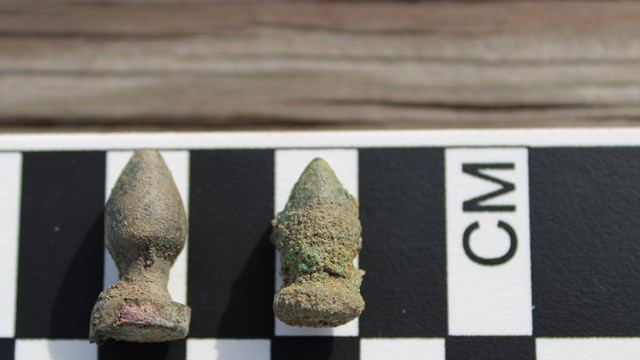
Learn about Labor
Find out who lived in the Workers’ Village, work class differences, and how workers adapted to the hard work and living conditions. |
Last updated: December 11, 2025
